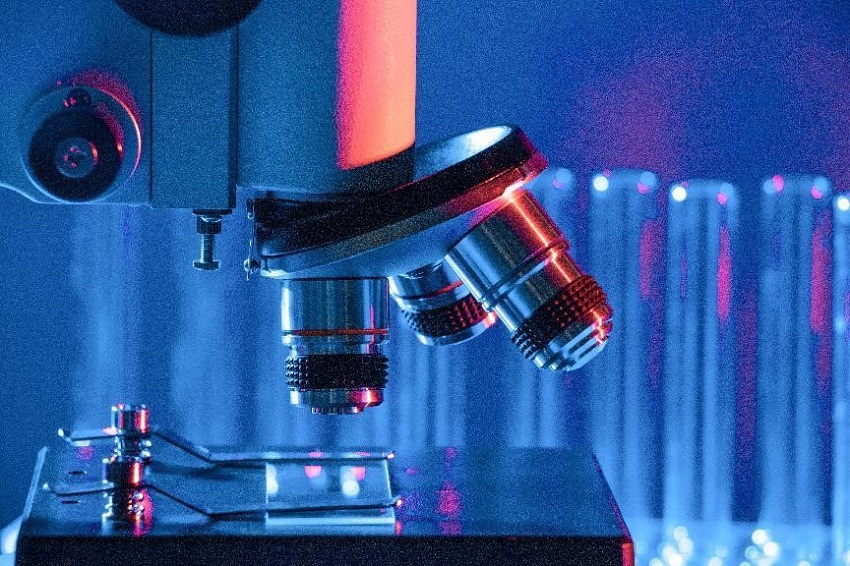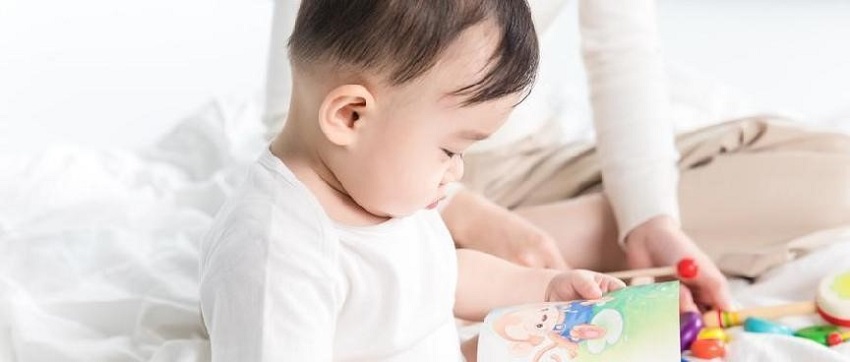您好!很高兴为您提供一对一的专属咨询。
请问有什么可以帮您?
冻卵的流程和价位是什么?


IVF technology has become a crucial tool in helping infertile families realize their dreams. However, the success of IVF depends not only on the quality of the eggs and sperm but also on the health and condition of the uterine lining. The uterine lining, the inner layer of the uterus, primarily functions to provide an ideal environment for embryo implantation. During the IVF transfer process, the condition of the uterine lining often determines the likelihood of success. Therefore, understanding what type of uterine lining is more conducive to successful implantation is essential.
Ideal Thickness of the Lining
The thickness of the uterine lining is critical for embryo implantation. Typically, the ideal thickness of the lining should be between 8 and 12 millimeters. If the lining is too thin, the embryo may not be able to implant securely, affecting the success rate of the transfer. Regular ultrasound examinations can accurately assess the thickness of the lining and make necessary adjustments to ensure it reaches the optimal range.
Lining Receptivity
The receptivity of the uterine lining refers to its ability to accept the embryo. Good receptivity means the lining can effectively support embryo implantation and development. The "implantation window" of the uterine lining, the time during the menstrual cycle when the lining is most suitable for embryo implantation, is typically determined by monitoring hormone levels and lining status. During this period, the lining is in the best condition for embryo attachment, ensuring smooth implantation.
Type of Lining
The morphology of the uterine lining also affects embryo implantation. The lining is typically classified into three types: Type A is a trilaminar endometrium, Type B is a weak trilaminar endometrium, and Type C is a homogeneous strong echo endometrium. Studies have shown that the typical trilaminar endometrium (Type A) is more favorable for embryo implantation. This type of lining appears as three distinct lines in ultrasound examinations, making it more suitable for embryo implantation.
Healthy Blood Supply
Adequate blood supply is crucial for the health of the uterine lining. Good blood circulation provides essential nutrients and oxygen to the lining, supporting embryo growth and development. Through ultrasound and blood flow assessments, doctors can ensure the lining receives sufficient blood supply to support the embryo's healthy development.

During the IVF process, doctors will conduct a detailed evaluation of the uterine lining to ensure it meets the above standards. This includes ultrasound examinations, endometrial biopsies, and hormone level monitoring. Each patient's situation is unique, so an individualized treatment plan is necessary to provide the best implantation environment for the embryo. Currently, IVF USA offers services such as egg freezing and IVF in the USA, and has expanded to include IVF and egg freezing services in Japan, Thailand, Mexico, Taiwan, Hong Kong, and other regions, working closely with global IVF doctors. IVF USA provides professional IVF services and is committed to helping patients achieve their pregnancy dreams.